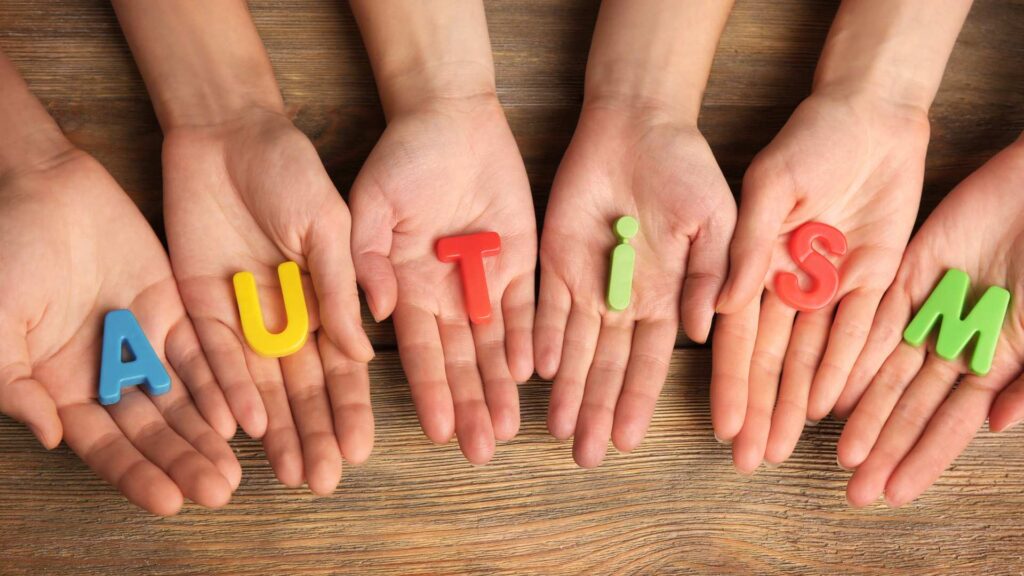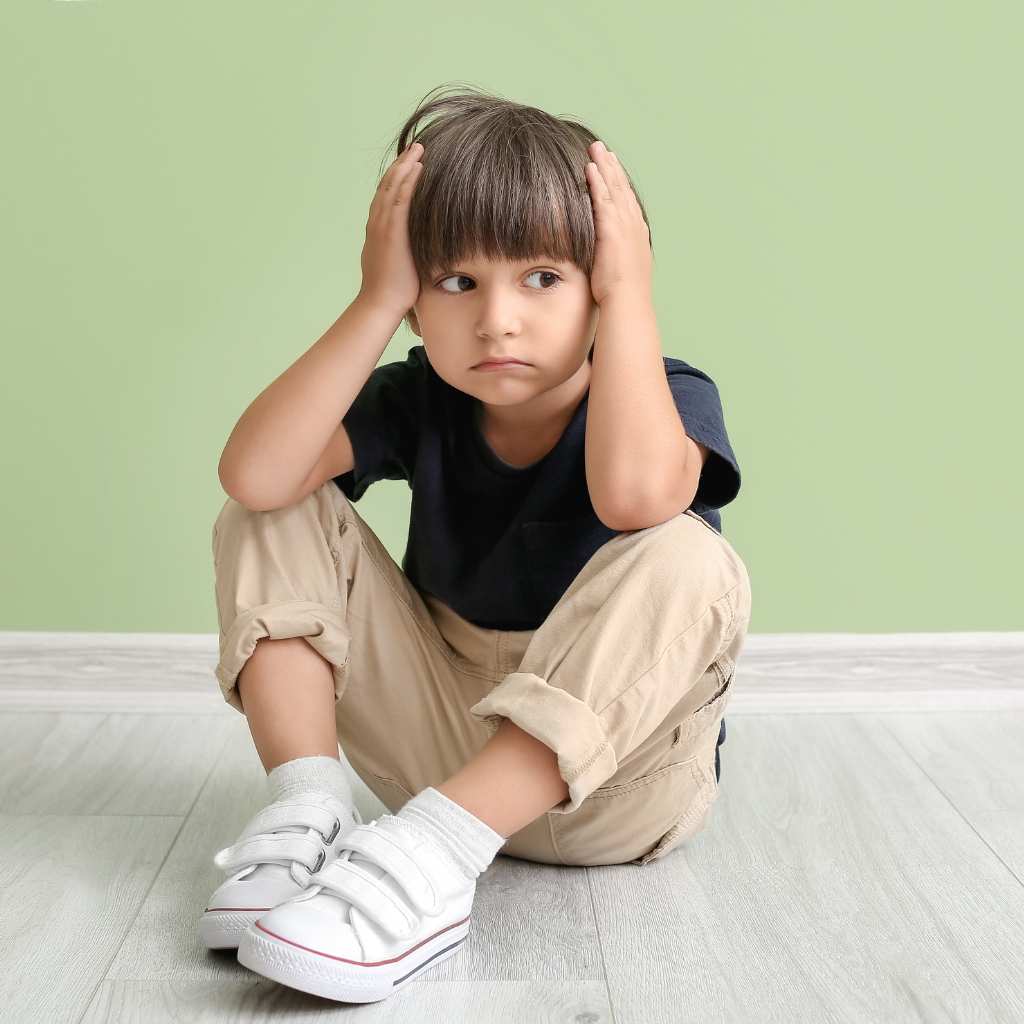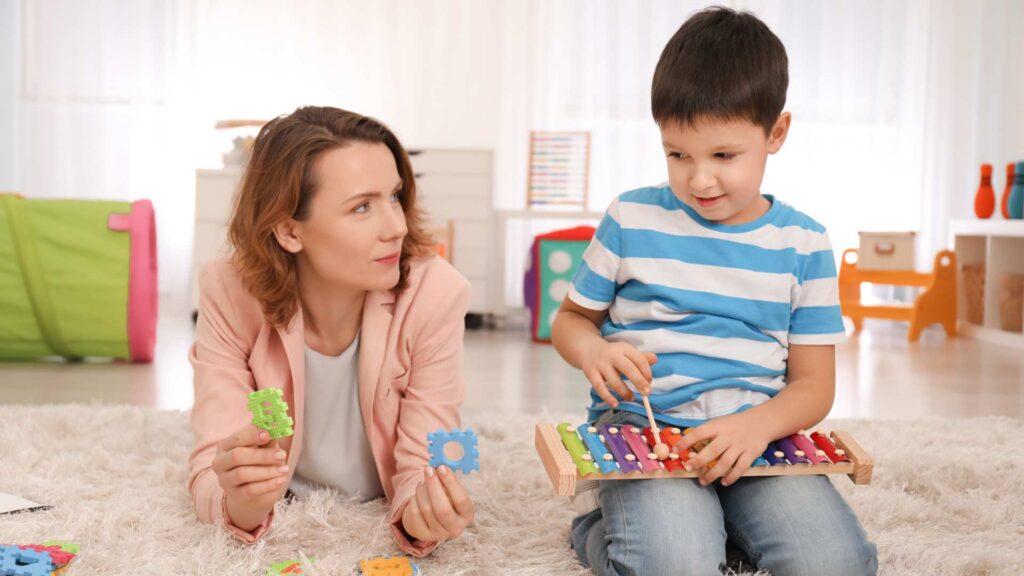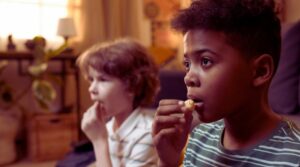Table of Contents
Is my child shy or autistic?
Parenting comes with constant questions, but few are as delicate and as important as understanding your child’s unique behavior. If your child avoids eye contact, hesitates to speak around strangers, or seems overwhelmed in social situations, you may wonder whether you’re seeing simple shyness or something more complex. Shyness and autism can look surprisingly similar on the surface, but beneath that surface lie very different needs, experiences, and forms of support.
Many parents wrestle with this distinction, especially in the early years of development. The difference between a shy child and one demonstrating the early signs of autism can feel subtle. Yet recognizing the distinction early on can open the door to vital interventions and better outcomes.
In this blog by ABA Centers of Florida, we’ll explore the traits of a shy child versus what may signal autism, how to spot the differences, and what parents can do to seek clarity and support.
What Is Autism?

Autism Spectrum Disorder (ASD) is a neurodevelopmental disorder caused by differences in the brain. These differences often impact how individuals communicate, interact socially, and process their surroundings. Autism is incredibly diverse, with traits ranging from mild to more pronounced, depending on the individual.
According to the Centers for Disease Control and Prevention (CDC), some hallmark behaviors of autism include:
- Difficulty maintaining eye contact
- Repetitive behaviors (such as hand-flapping or lining up toys)
- Limited social interaction
- Challenges interpreting social cues (like facial expressions or tone of voice)
Ultimately, autism is not the same as being shy. While shyness is more related to personality, autism involves neurological differences that affect many areas of development. However, there are moments when the two can be easily confused, leading parents to feel uncertain.
Shyness and Autism: Understanding the Similarities
It’s not uncommon for a shy child to display behaviors that might resemble autism, especially in social situations. Both shy children and children with autism may:
- Avoid eye contact
- Stay silent in group settings
- Hesitate to interact with peers or adults
However, here’s the distinction between shyness and autism. Shyness is typically situational. Autism, on the other hand, often involves more persistent challenges with social interaction, communication, and emotional regulation.
For example:
- A shy child might feel nervous meeting new people but eventually open up when they feel at ease.
- A child with autism might struggle to understand the concept of a back-and-forth conversation or fail to recognize social cues, even in familiar settings.
Understanding the difference where shyness and autism begin to diverge is key to spotting whether a child is shy, experiencing social anxiety, or showing early signs of autism.
Key Differences: Shy Child vs Autism?
If you’re asking yourself, “Is my child simply shy, or could it be autism?” or “What are the differences between a shy child and autism?” pay close attention to the factors below:
- Consistency Across Settings: A shy child may behave differently at home than in school or public, but a child with autism often displays similar traits across all environments.
- Social Motivation: Shy children want to interact but feel nervous. Children with autism may not seek interaction or may interact differently.
- Communication Development: Autism often involves delays in speech or challenges with nonverbal communication (gestures, eye contact). Shy children typically develop communication skills on time.

4. Social Communication: A child with autism may struggle to understand and use language, while a shy child may have a vast vocabulary but choose not to speak in certain situations.
5. Behavioral Patterns: Repetitive actions, strict adherence to routines, or unusual responses to sensory input may suggest autism rather than shyness.
6. Social Interaction: While shy children may wait to join a group, autistic children might find it hard to relate to peers. They may prefer solitary play or struggle to understand social rules.
7. Sensory Sensitivities: Children with autism experience heightened or reduced sensitivities to sounds, lights, textures, or smells. For example, they could become overwhelmed in a noisy crowd or have strong preferences about the clothing fabrics they will wear.
Signs Parents Should Watch For
While shyness in children can be normal and age-appropriate, there are early signs of autism that parents and caregivers should not ignore:
- Lack of response to name by 12 months
- No pointing or showing objects of interest by 18 months
- Little to no babbling or verbal communication by 24 months
- Limited or absent pretend play
- Not engaging in shared attention (i.e., looking where someone else points)
- Unusual fixation on objects, movements, or topics
- High sensitivity to sound, touch, or texture
- Strong resistance to changes in routine or environment
If your child shows multiple traits or if your instincts tell you something feels different, trust that inner voice. Identifying the early signs of autism and continuing with a diagnosis allows families to begin adequate support early, which can make a world of difference.
What Should Parents Do Next?
If you’re uncertain about the distinction between shyness and autism, the best step is to seek a professional evaluation. A developmental pediatrician, psychologist, or autism specialist can observe your child, ask the right questions, and perform standardized assessments to reach a diagnosis if one is present.
You don’t need to wait for a complete diagnosis to begin helping your child. Early intervention services—including speech therapy, occupational therapy, and Applied Behavior Analysis (ABA)—can support children with communication delays, sensory sensitivities, and social challenges, regardless of the final diagnosis.

ABA Centers of Florida: Top Autism Care Provider
At ABA Centers of Florida, we support families as they identify the early signs of autism, guide them through an official diagnosis, and provide early intervention services. If you’re asking yourself whether your child’s behavior is part of typical shyness or something more, you don’t have to answer that question alone. Our clinical team offers early assessments, guidance, and personalized ABA therapy to help children grow and succeed.
With ABA, children can learn to:
- Improve social interactions
- Develop communication skills
- Increase attention and focus
- Build adaptive life skills (toileting, dressing, eating independently)
- Reduce challenging or unsafe behaviors
We recognize that every child is different, so our interventions are never one-size-fits-all. If you want to know more, call us at (772) 773-1975 or contact us online; we are ready to provide support, guidance, and interventions that create lasting change.








